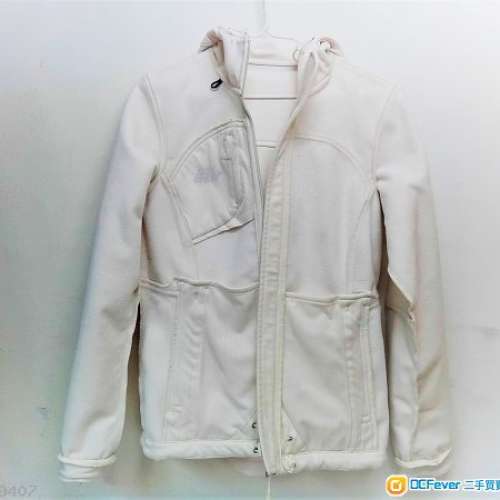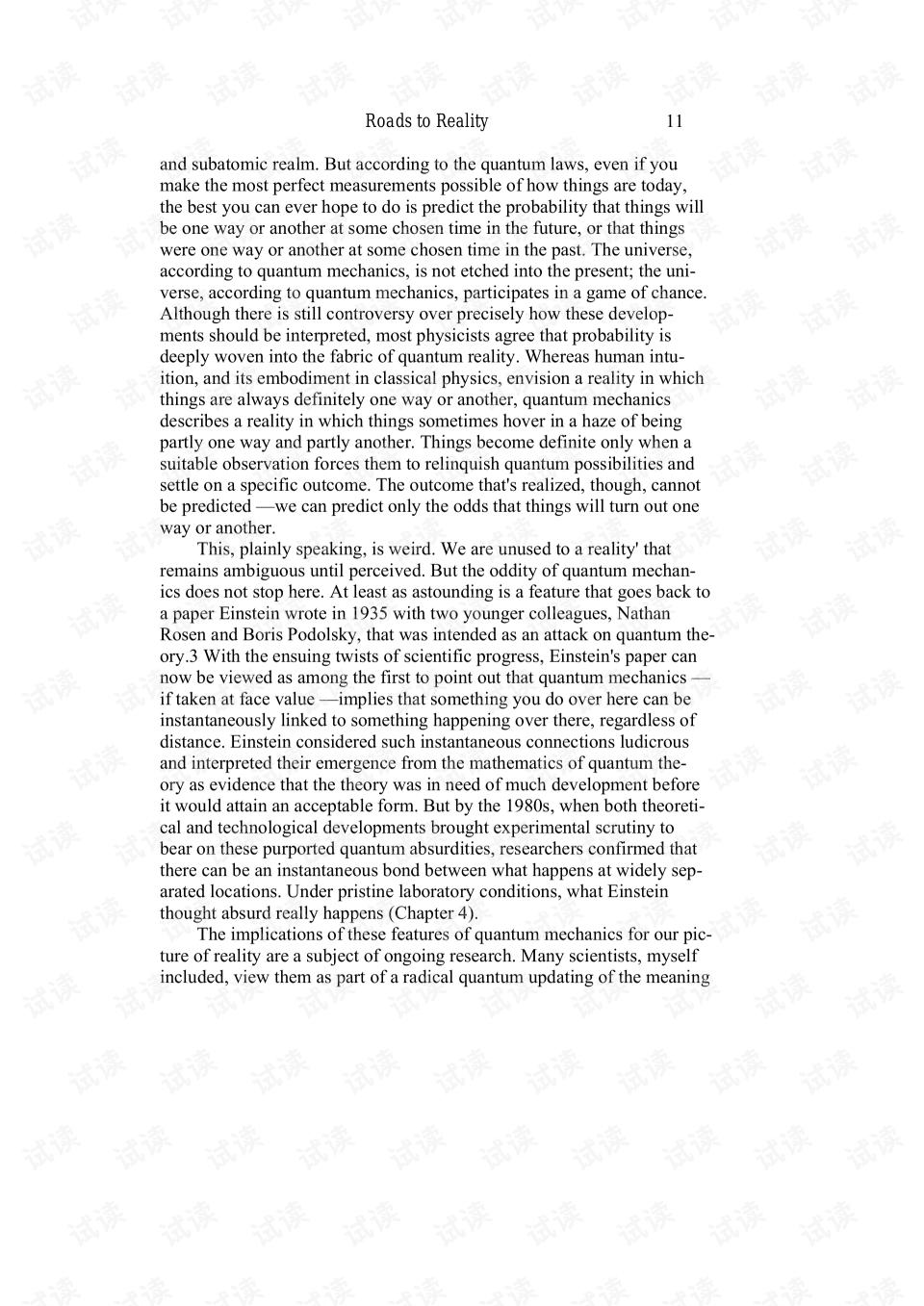Title: The Art of Womens Fabrics: A Comprehensive Guide
Women's fabrics are an important aspect of fashion, and knowing how to select and work with them can enhance your wardrobe. In this comprehensive guide, we will explore the different types of fabrics commonly used for women's clothing, such as cotton, silk, linen, and wool. We will also discuss the characteristics and benefits of each type, including its texture, breathability, wrinkle resistance, and durability. Additionally, we will provide tips on how to care for and maintain your fabric garments to ensure they last longer. This includes washing and ironing techniques, storing guidelines, and common fabric repairs. We will also delve into the history and cultural significance of various fabrics, such as silk in ancient China or wool in Scotland. By understanding the origins of these materials, you can gain a deeper appreciation for their beauty and value in fashion. Overall, this guide aims to empower women to make informed decisions about their clothing choices by providing them with the knowledge and skills necessary to select and care for high-quality fabric garments. Whether you're a seasoned fashionista or a beginner looking to expand your wardrobe, this comprehensive guide is sure to serve as a valuable resource for you.
Introduction
The world of women's fabrics is a vast and intricate one, with a rich history that spans centuries. It is an art form that combines tradition with innovation, beauty with functionality, and above all, the needs and desires of women who wear clothing. In this comprehensive guide, we will explore the many facets of women's fabric, from the different types available to how they are designed and produced, and what makes them unique.
Part 1: Types of Women's Fabrics

Cotton: Cotton is one of the most common fabrics used in women's wear due to its versatility and comfort. It comes in a range of textures and weights, from soft and breathable to sturdy and durable. Cotton is also easy to clean and maintain, making it a popular choice for everyday wear.
Silk: Silk is a luxurious fabric that has been worn by women for thousands of years. It is known for its softness, luster, and breathability, as well as its ability to absorb moisture and keep the skin cool. However, silk can be expensive and delicate, requiring special care to maintain its quality.
Linen: Linen is a strong and durable fabric that is often used for summer wear. It is lightweight and airy, making it comfortable in hot weather. Linen also has natural wrinkle-resistant properties, making it easy to keep fresh and tidy.
Wool: Wool is a warm and cozy fabric that is often used for winter wear. It is dense and durable, providing good insulation against cold temperatures. Wool also has natural oils that help to moisturize the skin and prevent irritation. However, wool can be itchy and difficult to wash, requiring special care to maintain its quality.
Part 2: Designing Women's Fabrics

Design is an important aspect of women's fabric creation, as it determines both the look and feel of the final garment. Designers use a variety of techniques to create patterns and designs on fabrics, including hand-stitching, machine-stitching, dyeing, and printing. They also consider factors such as color, texture, and weight when choosing fabrics for their designs.
Part 3: Producing Women's Fabrics
The production process for women's fabrics can vary depending on the type of fabric and the design chosen. Some common steps include spinning raw fibers into yarn, weaving or knitting the yarn into fabric, printing or dying the fabric, and cutting the fabric into shapes for sewing into garments. Each step requires careful attention to detail and precision to ensure that the final product meets the high standards expected of women's wear.
Part 4: Sustainability in Women's Fabrics
As consumers become more aware of the environmental impact of their purchases, there is growing interest in sustainable fashion practices. This includes using eco-friendly materials, reducing waste during production, and promoting fair labor practices. Many women's fabric designers are incorporating these principles into their work, creating fabrics that are not only stylish but also environmentally responsible.

Conclusion
Women's fabrics are an integral part of the fashion industry, providing women with clothing that is not only beautiful but also functional and comfortable. The diverse range of materials available allows for endless possibilities in design, while the careful production process ensures that each garment meets the highest standards of quality. As we continue to explore the art of women's fabrics, we must also remember to consider the impact of our choices on the environment and those involved in their production.
Articles related to the knowledge points of this article:
Premium Quality Jackets: The Ultimate Guide to Buying the Best羽绒服高端,购买最佳羽绒服的终极指南
Top 10 Clothing Brands of Winter Coats in 2023
Womens Jackets and Coats: A Fashion Story of Down Jackets
Top 10 Womens Down Jacket Brands to Consider in 2023



